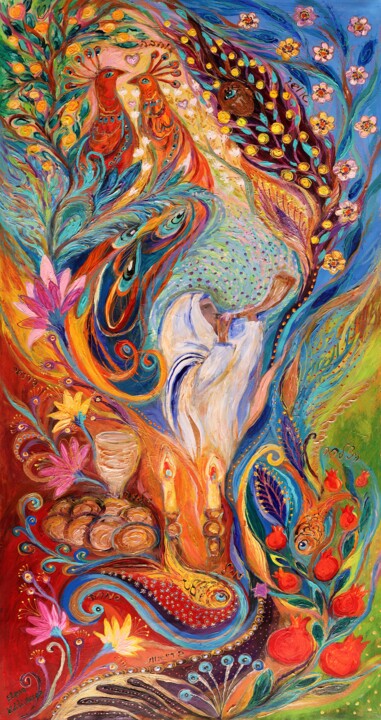Blog
G82.2+5.3, an intriguing supernova remnant (SNR), also recognized by names such as W63, CTB 88, and 2E 4355, nestled within the Cygnus constellation. G82.2+5.3’s actual distance remains a subject of scientific debate, yet it’s estimated to be roughly 10,500 light-years away from our home planet, Earth
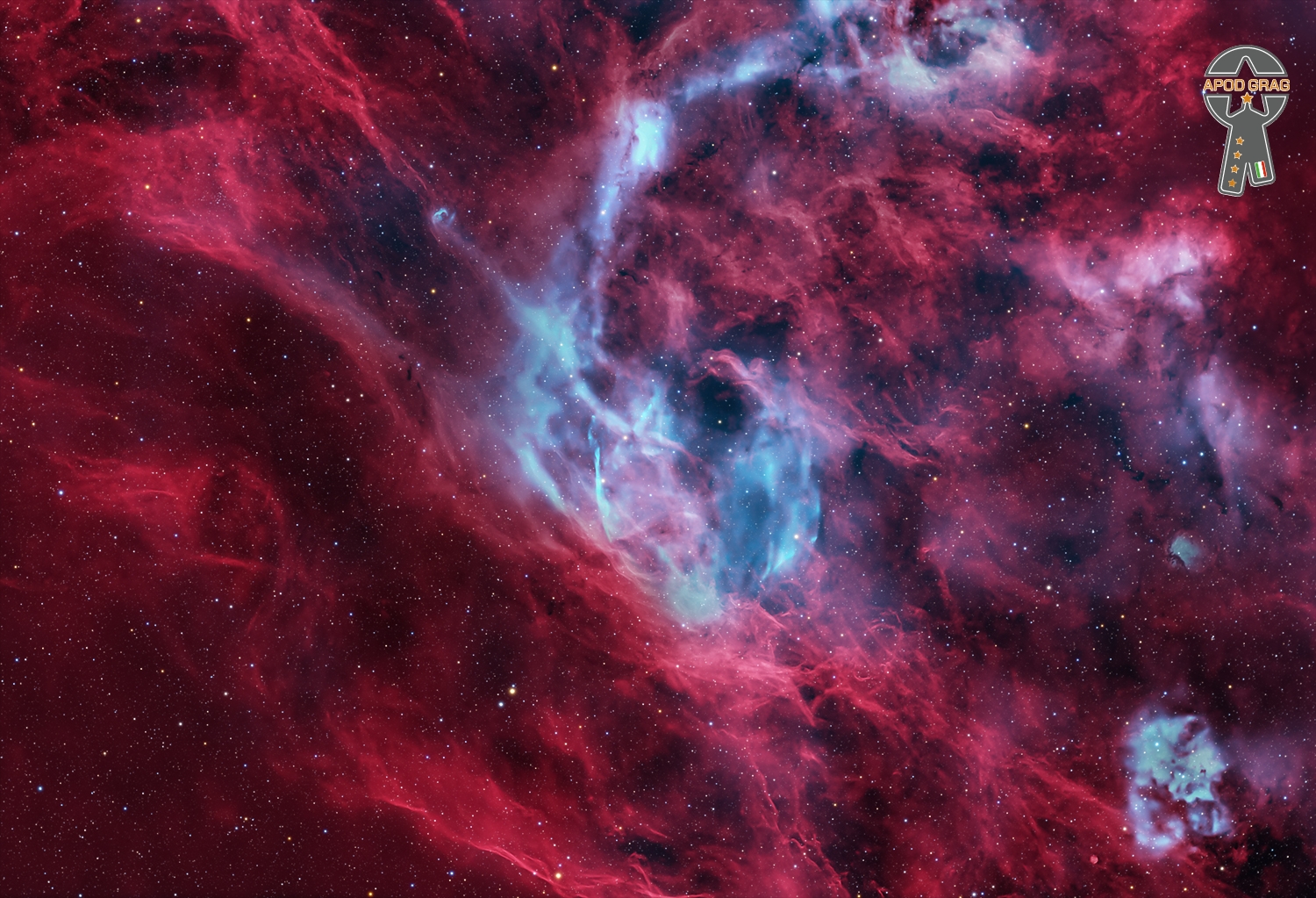
Ronald Wayne Laws (born October 3, 1950) is an American jazz and smooth jazz saxophonist, and singer. He is the younger brother of jazz flutist Hubert Laws, jazz vocalist Eloise Laws and the older brother of Debra Laws.
Born and raised in Houston, Texas, United States, Laws is the fifth of eight children. He started playing the saxophone at the age of 11.
He attended Stephen F. Austin State University in Nacogdoches, Texas, for two years.
In 1971, Laws journeyed to Los Angeles, California to embark upon a musical career. He started off by performing with trumpeter Hugh Masekela. In 1972, Laws joined the band Earth, Wind & Fire, where he played saxophone and flute on their album Last Days and Time. After 18 months working with Earth, Wind and Fire, he decided to become a solo artist. In 1975, Laws issued his debut album entitled Pressure Sensitive on Blue Note Records. The album reached No. 25 on the Billboard Top Soul Albums chart. In 1976, Laws went on to release his second LP Fever. The album reached No. 13 on the Billboard Top Soul LPs chart.
more...Chubby Checker (born Ernest Evans; October 3, 1941) is an American singer and dancer. He is widely known for popularizing many dance styles, including the Twist dance style, with his 1960 hit cover of Hank Ballard & The Midnighters‘ R&B song “The Twist“, and the pony dance style with the 1961 cover of the song “Pony Time“. His biggest UK hit, “Let’s Twist Again“, was released one year later (in 1962); that year, he also popularized the song “Limbo Rock“, originally a previous-year instrumental hit by the Champs to which he added lyrics, and its trademark Limbo dance, as well as other dance styles such as The Fly. In September 2008, “The Twist” topped Billboard‘s list of the most popular singles to have appeared in the Hot 100 since its debut in 1960, an honor it maintained in an August 2013 update of the list.
more...Stephen Ray Vaughan (also known as SRV; October 3, 1954 – August 27, 1990) was an American musician, best known as the guitarist and frontman of the blues rock trio Stevie Ray Vaughan and Double Trouble. Although his mainstream career spanned only seven years, he is regarded as one of the most influential musicians in the history of blues music, and one of the greatest guitarists of all time. He was the younger brother of guitarist Jimmie Vaughan.
Born and raised in Dallas, Vaughan began playing guitar at age seven, initially inspired by his brother Jimmie. In 1972, he dropped out of high school and moved to Austin, where he began to gain a following after playing gigs on the local club circuit. Vaughan joined forces with Tommy Shannon on bass and Chris Layton on drums as Double Trouble in 1978. The band established itself in the Austin music scene and soon became one of the most popular acts in Texas. They performed at the Montreux Jazz Festival in July 1982, where David Bowie saw Vaughan play. Bowie contacted him for a studio gig in December where he played blues guitar on the album Let’s Dance (1983). John Hammond heard a demo album that Vaughan and Double Trouble had recorded and interested major label Epic Records in signing them to a record deal in March 1983. Within months, they achieved mainstream success for the critically acclaimed debut album Texas Flood. With a series of successful network television appearances and extensive concert tours, Vaughan became the leading figure in the blues revival of the 1980s.
Vaughan struggled with alcoholism and drug addiction for most of his life. He also struggled with the personal and professional pressures of fame and his marriage to Lenora “Lenny” Bailey. He successfully completed rehabilitation and began touring again with Double Trouble in November 1986. His fourth and final studio album In Step reached number 33 in the United States in 1989; it was one of Vaughan’s most critically and commercially successful releases and included his only number-one hit, “Crossfire”. He became one of the world’s most popular blues performers, and he headlined Madison Square Garden in 1989 and the Beale Street Music Festival in 1990.
On August 27, 1990, Vaughan and four others were killed in a helicopter crash in East Troy, Wisconsin, after performing with Double Trouble at Alpine Valley Music Theatre. An investigation concluded that the cause of the accident was pilot error. Vaughan’s music continued to achieve commercial success with several posthumous releases and has sold over 15 million albums in the United States alone. Rolling Stonehas twice ranked him among the top twenty guitar players of all time. Vaughan was posthumously inducted into the Rock and Roll Hall of Fame in 2015, along with Double Trouble bandmates Chris Layton, Tommy Shannon, and Reese Wynans.
more...
Stephen Michael Reich (better-known as Steve Reich, born October 3, 1936) is an American composer who is known for his contribution to the development of minimal music in the mid to late 1960s. Reich’s work is marked by its use of repetitive figures, slow harmonic rhythm, and canons. Reich describes this concept in his essay, “Music as a Gradual Process”, by stating, “I am interested in perceptible processes. I want to be able to hear the process happening throughout the sounding music.” For example, his early works experiment with phase shifting, in which one or more repeated phrases plays slower or faster than the others, causing it to go “out of phase.” This creates new musical patterns in a perceptible flow.
His innovations include using tape loops to create phasing patterns, as on the early compositions It’s Gonna Rain (1965) and Come Out (1966), and the use of simple, audible processes, as on Pendulum Music (1968) and Four Organs (1970). The 1978 recording Music for 18 Musicians would help entrench minimalism as a movement. Reich’s work took on a darker character in the 1980s with the introduction of historical themes as well as themes from his Jewish heritage, notably Different Trains (1988).
Reich’s style of composition has influenced many contemporary composers and groups, especially in the United States. Writing in The Guardian, music critic Andrew Clements suggested that Reich is one of “a handful of living composers who can legitimately claim to have altered the direction of musical history”.
more...Earle Lavon “Von” Freeman Sr. (October 3, 1923 – August 11, 2012) was an American hard bop jazztenor saxophonist. Freeman enlisted into the Navy during World War II and was trained at Camp Robert Smalls in Chicago. “All the great musicians ended up at Great Lakes”, he recalled. “It was an incubator for the best and the brightest lights in the jazz world at that time, and the musical jam sessions were simply phenomenal.” After training, he was sent to Hawaii as part of the Hellcats stationed at Barbers Point Naval Air Station in a band that starred Harry “Pee Wee” Jackson, the trumpeter from Cleveland whose nickname was Gabriel.The Hellcats were frequent winners of the islands’ competitive Battle of the Bands competitions and included musicians who had formerly played in bands fronted by Duke Ellington, Fletcher Henderson, Ella Fitzgerald, Lucky Millinder, Les Hite, Count Basie, Fats Waller, and Tiny Bradshaw. After his return to Chicago, where he remained for the duration of his career, Freeman played with his brothers George on guitar and Eldridge “Bruz” Freeman on drums at the Pershing Hotel Ballroom. Various leading jazzmen such as Charlie Parker, Roy Eldridge and Dizzy Gillespie played there with the Freemans as the backing band. In the early 1950s, Von played in Sun Ra‘s band.
more...Mohandas Karamchand Gandhi (ISO: Mōhanadāsa Karamacaṁda Gāṁdhī; 2 October 1869 – 30 January 1948) was an Indian lawyer, anti-colonial nationalist, and political ethicist who employed nonviolent resistance to lead the successful campaign for India’s independence from British rule. He inspired movements for civil rights and freedom across the world. The honorific Mahātmā (from Sanskrit ‘great-souled, venerable’), first applied to him in South Africa in 1914, is now used throughout the world.
Born and raised in a Hindu family in coastal Gujarat, Gandhi trained in the law at the Inner Temple in London and was called to the bar in June 1891, at the age of 22. After two uncertain years in India, where he was unable to start a successful law practice, Gandhi moved to South Africa in 1893 to represent an Indian merchant in a lawsuit. He went on to live in South Africa for 21 years. There, Gandhi raised a family and first employed nonviolent resistance in a campaign for civil rights. In 1915, aged 45, he returned to India and soon set about organising peasants, farmers, and urban labourers to protest against discrimination and excessive land-tax.
Assuming leadership of the Indian National Congress in 1921, Gandhi led nationwide campaigns for easing poverty, expanding women’s rights, building religious and ethnic amity, ending untouchability, and, above all, achieving swaraj or self-rule. Gandhi adopted the short dhoti woven with hand-spun yarn as a mark of identification with India’s rural poor. He began to live in a self-sufficient residential community, to eat simple food, and undertake long fasts as a means of both introspection and political protest. Bringing anti-colonial nationalism to the common Indians, Gandhi led them in challenging the British-imposed salt tax with the 400 km (250 mi) Dandi Salt March in 1930 and in calling for the British to quit India in 1942. He was imprisoned many times and for many years in both South Africa and India.
Gandhi’s vision of an independent India based on religious pluralism was challenged in the early 1940s by a Muslim nationalism which demanded a separate homeland for Muslims within British India. In August 1947, Britain granted independence, but the British Indian Empire was partitioned into two dominions, a Hindu-majority India and a Muslim-majority Pakistan. As many displaced Hindus, Muslims, and Sikhs made their way to their new lands, religious violence broke out, especially in the Punjab and Bengal. Abstaining from the official celebration of independence, Gandhi visited the affected areas, attempting to alleviate distress. In the months following, he undertook several hunger strikes to stop the religious violence. The last of these was begun in Delhi on 12 January 1948, when Gandhi was 78. The belief that Gandhi had been too resolute in his defence of both Pakistan and Indian Muslims spread among some Hindus in India. Among these was Nathuram Godse, a militant Hindu nationalist from Pune, western India, who assassinated Gandhi by firing three bullets into his chest at an interfaith prayer meeting in Delhi on 30 January 1948.
Gandhi’s birthday, 2 October, is commemorated in India as Gandhi Jayanti, a national holiday, and worldwide as the International Day of Nonviolence. Gandhi is considered to be the Father of the Nation in post-colonial India. During India’s nationalist movement and in several decades immediately after, he was also commonly called Bapu (Gujarati endearment for “father”, roughly “papa”, “daddy”).

It is the largest satellite galaxy of our home Milky Way Galaxy. If you live in the south, the Large Magellanic Cloud (LMC) is quite noticeable, spanning about 10 degrees across the night sky, which is 20 times larger than the full moon towards the southern constellation of the dolphinfish (Dorado). Being only about 160,000 light years away, many details of the LMC’s structure can be seen, such as its central bar and its single spiral arm. The LMC harbors numerous stellar nurseries where new stars are being born, which appear in pink in the featured image. It is home to the Tarantula Nebula, the currently most active star forming region in the entire Local Group, a small collection of nearby galaxies dominated by the massive Andromeda and Milky Way galaxies. Studies of the LMC and the Small Magellanic Cloud (SMC) by Henrietta Swan Leavitt led to the discovery of the period-luminosity relationship of Cepheidvariable stars that are used to measure distances across the nearby universe.
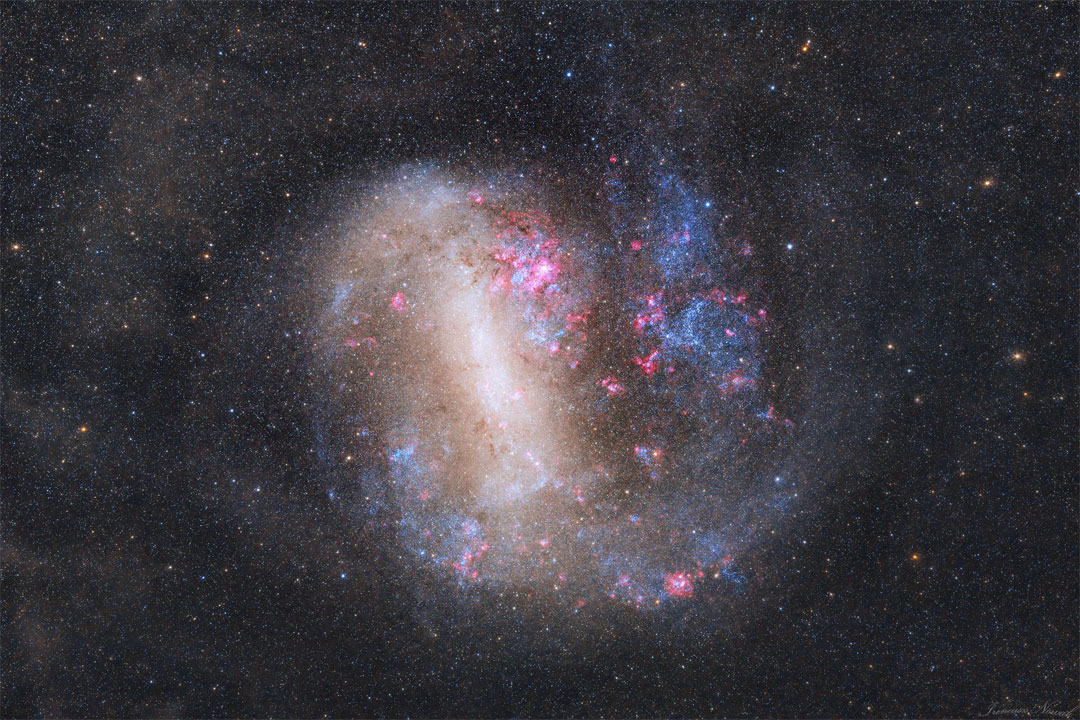
Donald McLean III (born October 2, 1945) is an American singer-songwriter and guitarist, known to fans as the “American Troubadour” or “King of the Trail”. He is best known for his 1971 hit “American Pie“, an eight-and-a-half-minute folk rock song that has been referred to as a “cultural touchstone”. His other hit singles include “Vincent“, “Dreidel”, “Castles in the Air“, and “Wonderful Baby“, as well as renditions of Roy Orbison‘s “Crying” and the Skyliners‘ “Since I Don’t Have You“.
McLean’s song “And I Love You So” has been recorded by Elvis Presley, Perry Como, Helen Reddy, Glen Campbell, and others. In 2000, Madonna had a hit with a rendition of “American Pie”.
In 2004, McLean was inducted into the Songwriters Hall of Fame. In January 2018, BMI certified that “American Pie” had reached five million airplays and “Vincent” three million.
more...Gordon Matthew Thomas Sumner CBE (born 2 October 1951), known as Sting, is an English musician, activist and actor. He was the frontman, principal songwriter and bassist for new wave band the Police from 1977 until their breakup in 1986. He launched a solo career in 1985 and has included elements of rock, jazz, reggae, classical, new-age, and worldbeat in his music.
As a solo musician and a member of the Police, Sting has received 17 Grammy Awards: he won Song of the Year for “Every Breath You Take“, three Brit Awards, including Best British Male Artist in 1994 and Outstanding Contribution in 2002, a Golden Globe, an Emmy, and four nominations for the Academy Award for Best Original Song. In 2019, he received a BMI Award for “Every Breath You Take” becoming the most-played song in radio history. In 2002, Sting received the Ivor Novello Award for Lifetime Achievement from the British Academy of Songwriters, Composers and Authors and was also inducted into the Songwriters Hall of Fame. He was inducted into the Rock and Roll Hall of Fame as a member of the Police in 2003. In 2000, he received a star on the Hollywood Walk of Fame for recording. In 2003, Sting received a CBE from Elizabeth II at Buckingham Palace for services to music. He was made a Kennedy Center Honoree at the White House in 2014 and was awarded the Polar Music Prize in 2017. In May 2023, he was made an Ivor Novello Fellow.
With the Police, Sting became one of the world’s best-selling music artists. Solo and with the Police combined, he has sold over 100 million records. In 2006, Paste ranked him 62nd of the 100 best living songwriters. He was 63rd of VH1‘s 100 greatest artists of rock, and 80th of Q‘s 100 greatest musical stars of the 20th century. He has collaborated with other musicians on songs such as “Money for Nothing” with Dire Straits, “All for Love” with Bryan Adams and Rod Stewart, “Desert Rose” with Cheb Mami, “Rise & Fall” with Craig David, and “You Will Be My Ain True Love” with Alison Krauss. In 2018, he released the album 44/876, a collaboration with Jamaican musician Shaggy, which won the Grammy Award for Best Reggae Album in 2019.
more...Howard Mancel Roberts (October 2, 1929 – June 28, 1992) was an American jazz guitarist, educator, and session musician.
Roberts was born in Phoenix, Arizona to Damon and Vesta Roberts, and began playing guitar at the age of 8 — a Gibson manufactured $18 Kalamazoo student model acoustic given to him by his parents at Christmas. He took lessons from Horace Hatchett, who commented to Roberts’ father that Roberts, at the age of 15, “… has his own style of playing and there’s nothing else I can show him. He plays better than I do.” By the time he was 15, he was playing professionally locally, predominantly blues-based music, where he learned from a number of black musicians, trumpeter Art Farmer being among that group. In 1992 Roberts was quoted in The Independent Newsletter by Steve Voce saying he considered that early experience to be “the most valuable” to him in his development as a player. At the time Roberts and his close friend and roommate, guitarist Howard Heitmeyer, would start their day by practicing 3 or 4 hours, catch an afternoon movie, returning to practice until they went to the clubs in the evening.
When Roberts reached the age of 17 he was involved with a class that was begun by Joseph Schillinger, a composer/theorist. Fabian Andre had been commissioned to teach the class. Some of the students who had taken the class included George Gershwin, Tommy Dorsey, Benny Goodman and Oscar Levant. Schillinger applied mathematical principles to art which appealed to Roberts. To be able to take the course he made a deal with Andre; he’d sweep the floors after class to help defray the cost of his tuition. By the late ‘40s Roberts was playing with one of his boyhood friends, Pete Jolly – a well known jazz pianist – and they toured Washington and Idaho in early 1950.
more...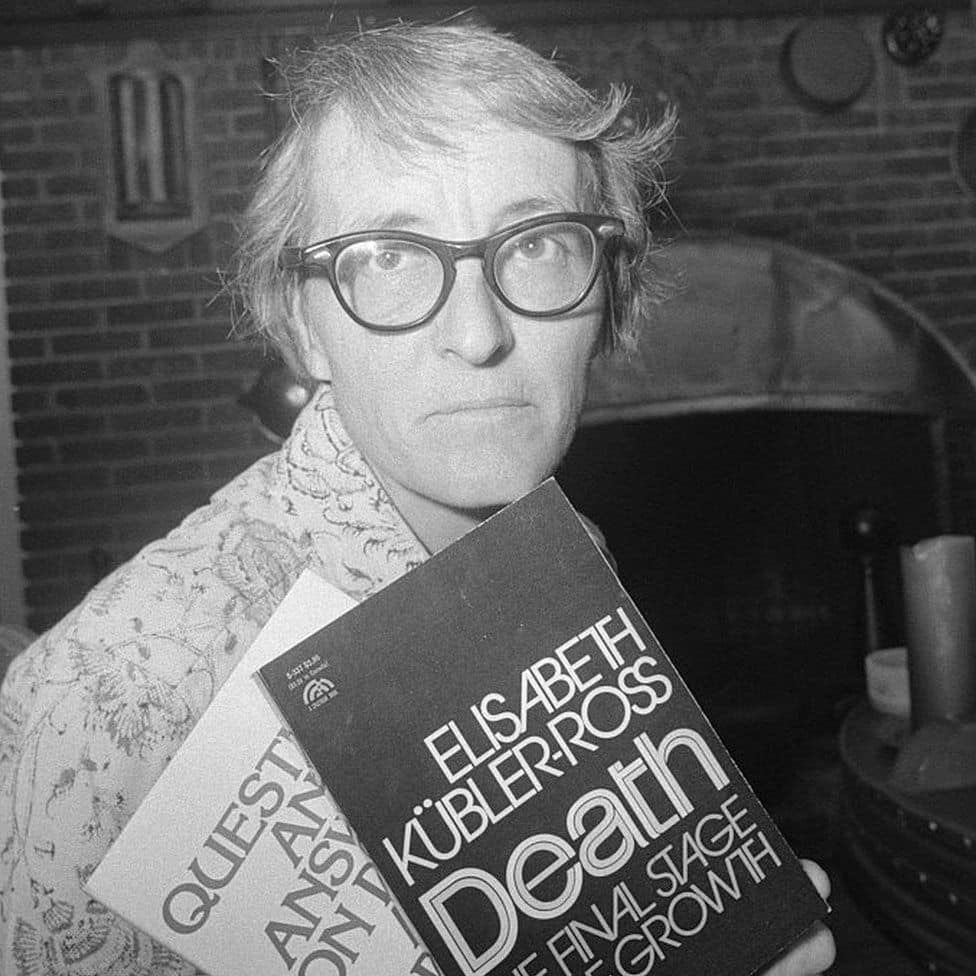
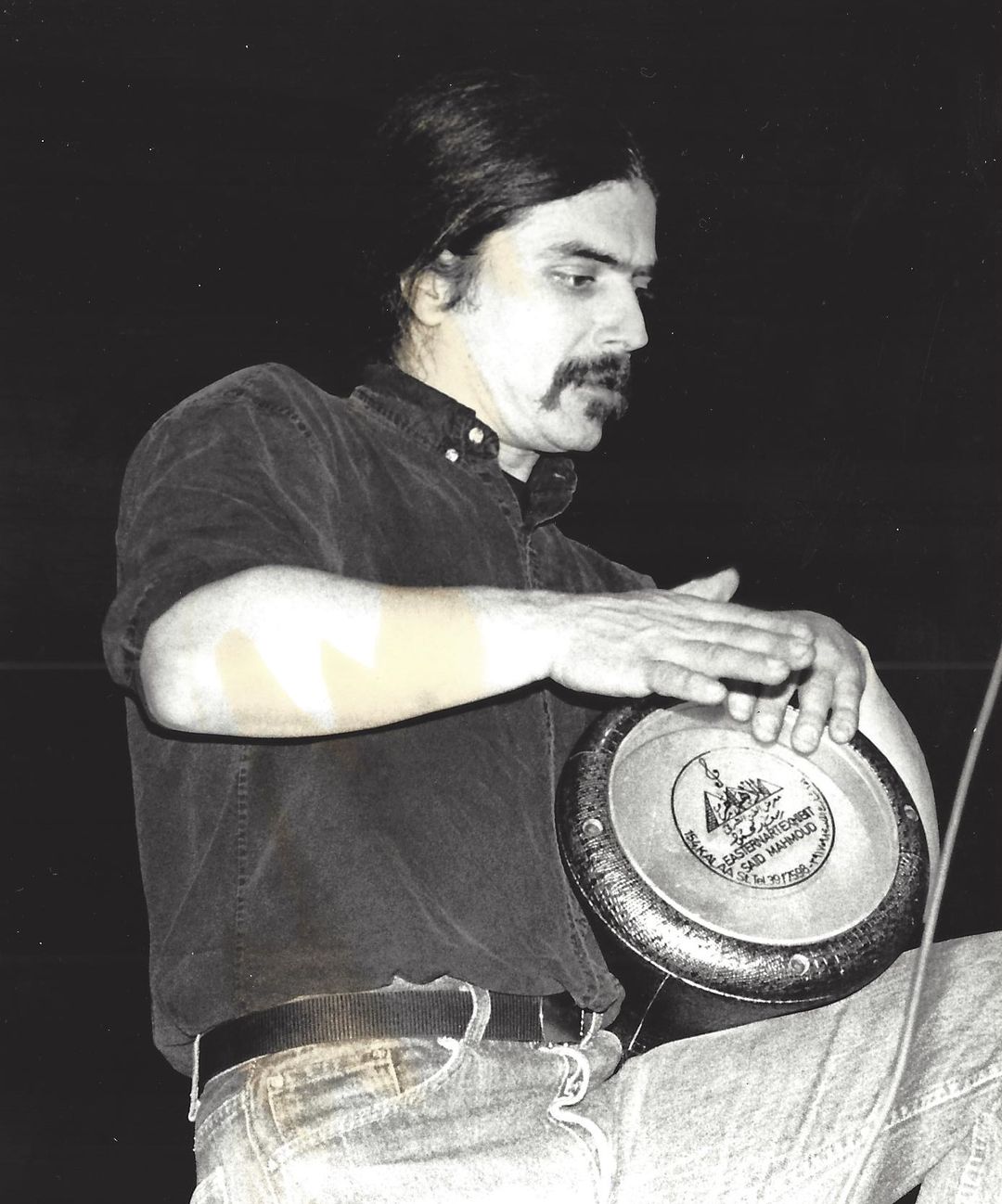
The Hydra Cluster (or Abell 1060) is a galaxy cluster that contains 157 bright galaxies, appearing in the constellation Hydra. The cluster spans about ten million light-years and has an unusually high proportion of dark matter. The cluster is part of the Hydra–Centaurus Supercluster located 158 million light-years from Earth. The cluster’s largest galaxies are elliptical galaxies NGC 3309 and NGC 3311 and the spiral galaxy NGC 3312 all having a diameter of about 150,000 light-years. In spite of a nearly circular appearance on the sky, there is evidence in the galaxy velocities for a clumpy, three-dimensional distribution. 190mly distant.
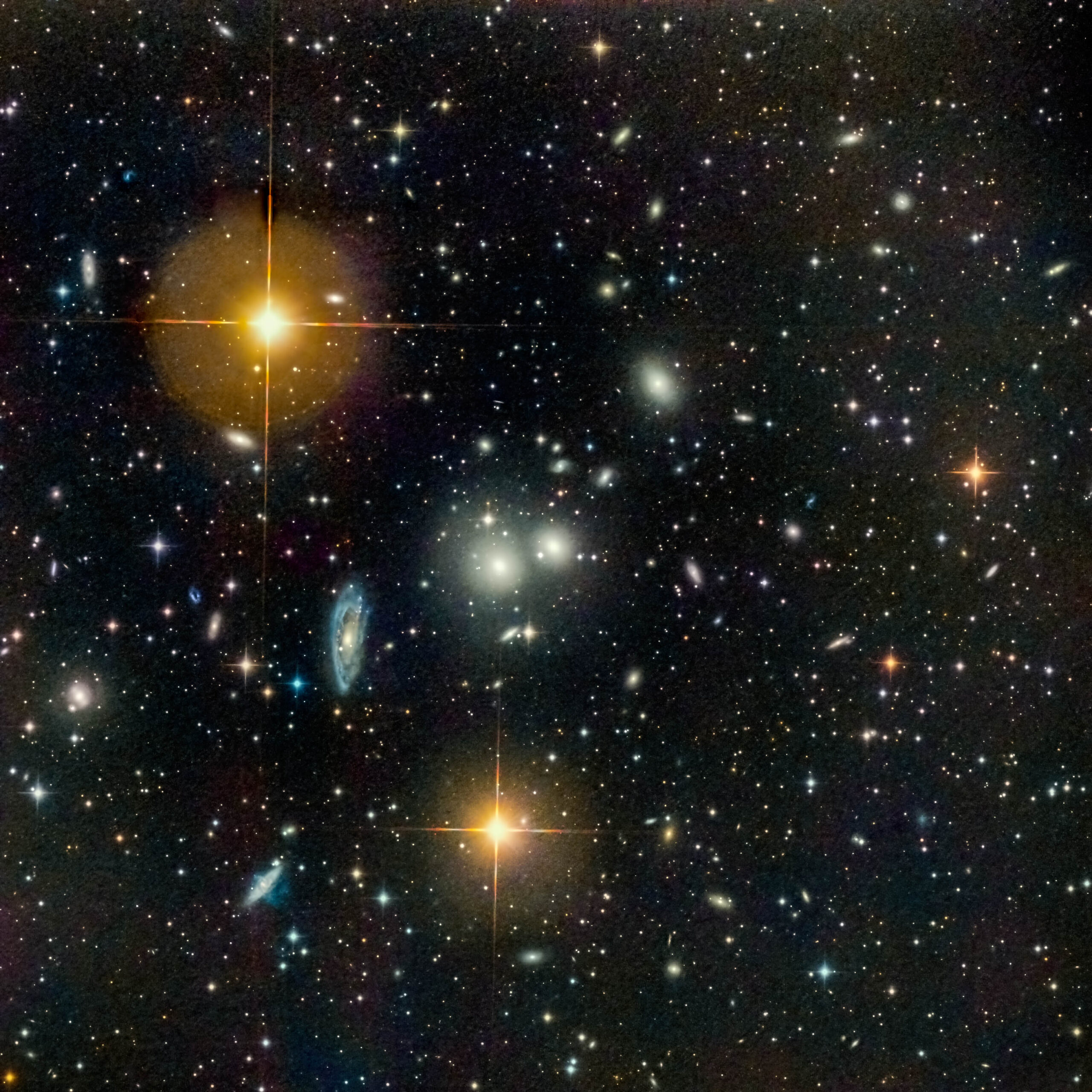
More Posts
- Flamenco Fridays Vicente Amigo
- Daily Roots Al Campbell
- Socrates Wisdom
- Woodstock 55th Anniversary
- Cosmos NGC 514
- George Morrow
- Stix Hooper
- Joe Castro
- Oscar Peterson
- World Music Lestvitsa Ensemble
- Daily Roots Prince Jammy
- Altered Facts
- Cosmos NGC 281
- David Crosby
- Ben Sidran
- Eddie Costa
- Stuff Smith
- World Music Carlos Núñez
- Daily Roots Israel Tafari
- Primary Election Day 2024
